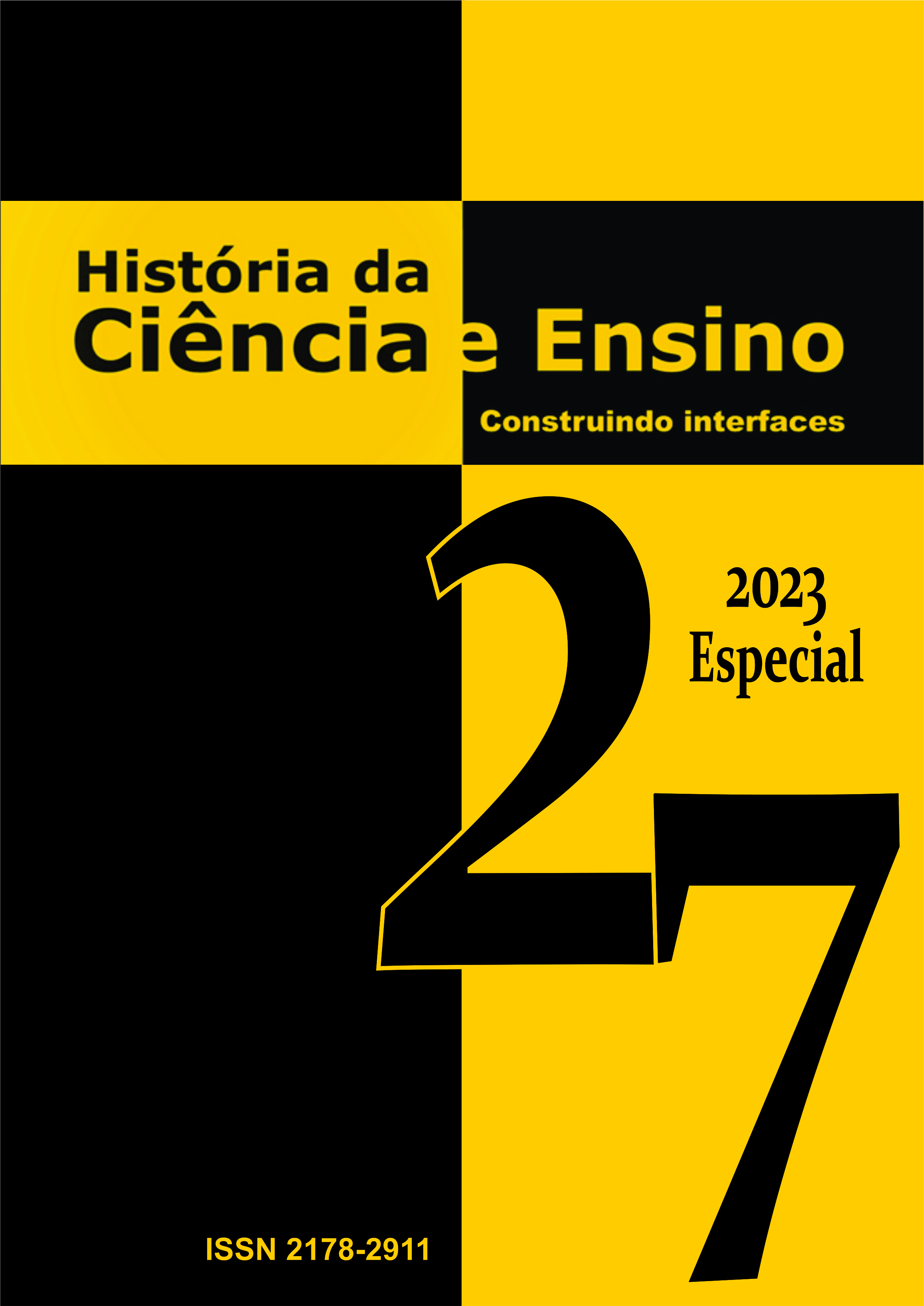Reinier De Graaf e a Biologia Reprodutiva
Reinier De Graaf
DOI:
https://doi.org/10.23925/2178-2911.2023v27esppp221-230Resumo
O cientista holandês do século XVII Reinier De Graaf (1641-1673) é considerado o fundador da biologia reprodutiva moderna. O seu nome está associado ao corpo lúteo, às trompas de Falópio e aos folículos ováricos. A monografia de De Graaf sobre o sistema reprodutor masculino foi publicada em 1668. Cerca de quatro anos depois, em 1672, foi publicado seu trabalho sobre o trato genital feminino, que continha a famosa descrição dos folículos ováricos. De Graaf descreveu em detalhe estruturas associadas aos aparelhos genitais masculinas e femininas, incluindo ductos eferentes, corpos lúteos, trompas de Falópio e especialmente o folículo ovárico. De Graaf teve a clareza de perceber que a trompa de Falópio era responsável pelo transporte do gâmeta ovulado e documentou com sucesso que as gestações ectópicas ocorrem no interior desta estrutura. Mas o legado de De Graaf reside no folículo ovário pré-ovulatório. De Graaf visualizou a ovulação e descreveu esse processo de forma eficaz, numa época em que o microscópio ainda estava a ser desenvolvido. Neste trabalho iremos descrever as descobertas, observações e avaliações críticas de Reinier De Graaf que contribuíram para a compreensão da procriação humana.
Palavras-chave: Reinier De Graaf, folículos ováricos, biologia da reprodução
Abstract
The 17th-century Dutch scientist Reinier De Graaf (1641-1673) is considered the founder of modern reproductive biology. Its name is associated with the corpus luteum, the fallopian tubes and the ovarian follicles. De Graaf's monograph on the male reproductive system was published in 1668. About four years later, in 1672, his work on the female genital tract was published, which contained the famous description of the ovarian follicles. De Graaf described in detail structures associated with the male and female genitalia, including the efferent ducts, corpora lutea, fallopian tubes and especially the ovarian follicle. De Graaf had the clarity to realize that the fallopian tube was responsible for transporting the ovulated gamete and he successfully documented that ectopic pregnancies occur within this structure. But De Graaf's legacy lies in the preovulatory ovarian follicle. De Graaf visualized ovulation and described this process effectively, at a time when the microscope was still being developed. In this work we will describe Reinier De Graaf's discoveries, observations and critical evaluations that contributed to the understanding of human procreation.
Key Words: Reinier De Graaf, ovarian follicles, reproductive biology


